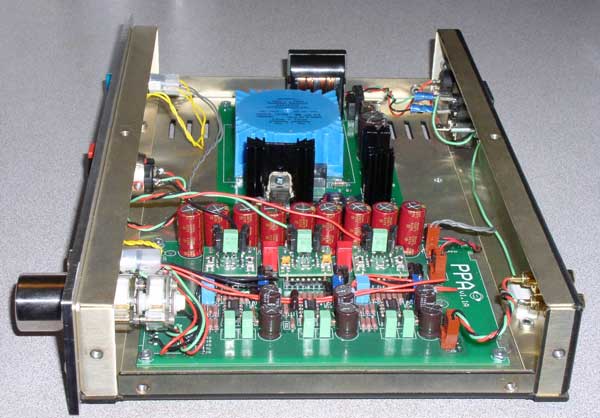uzziah
Headphoneus Supremus
- Joined
- Oct 15, 2004
- Posts
- 4,049
- Likes
- 14
ok. option with psu is back in
btw: i'm constantly updating the first post. please keep looking there to see what are current issues are to settle.
here they are:
1. slits on top or not? if so, exactly where? (i.e. how far from side?)
2. height of case? it seems that we'll have the same height on option A and option B. should we go with standard 2" or up it to 2.25, 2.5, or 3"??
3. color(s): what is most preferable? annodizing has been strongly reccommended on account of poor paint job results from par-metal.
folks: basically those three questions is IT, and then i can start accepting $ and ordering. let's try to hammer this out quick so we can get this order going.
btw: i'm constantly updating the first post. please keep looking there to see what are current issues are to settle.
here they are:
1. slits on top or not? if so, exactly where? (i.e. how far from side?)
2. height of case? it seems that we'll have the same height on option A and option B. should we go with standard 2" or up it to 2.25, 2.5, or 3"??
3. color(s): what is most preferable? annodizing has been strongly reccommended on account of poor paint job results from par-metal.
folks: basically those three questions is IT, and then i can start accepting $ and ordering. let's try to hammer this out quick so we can get this order going.





